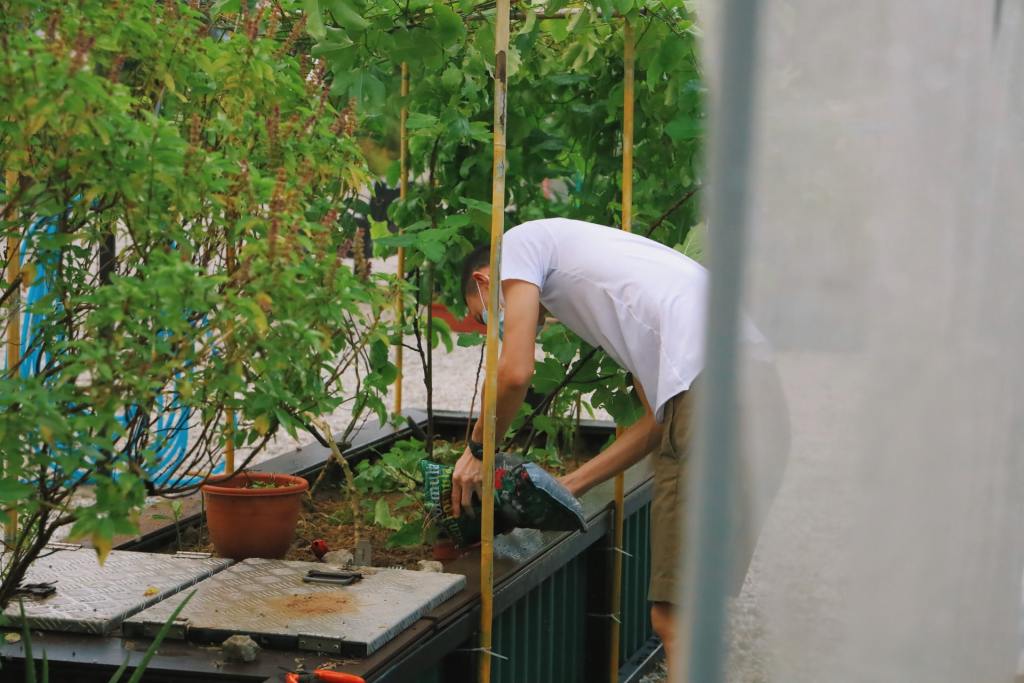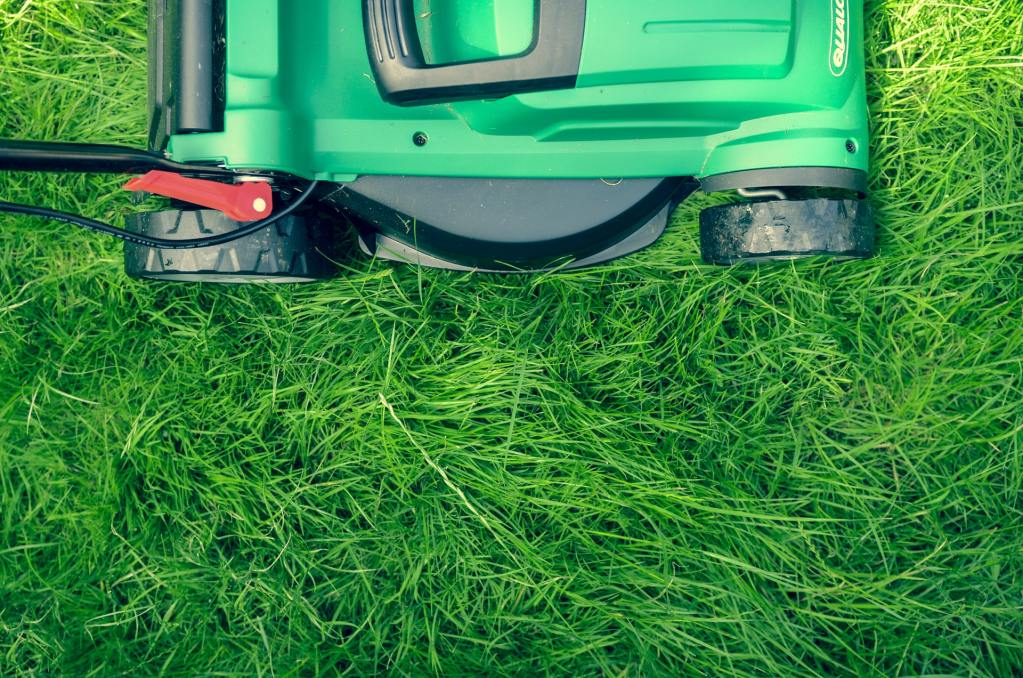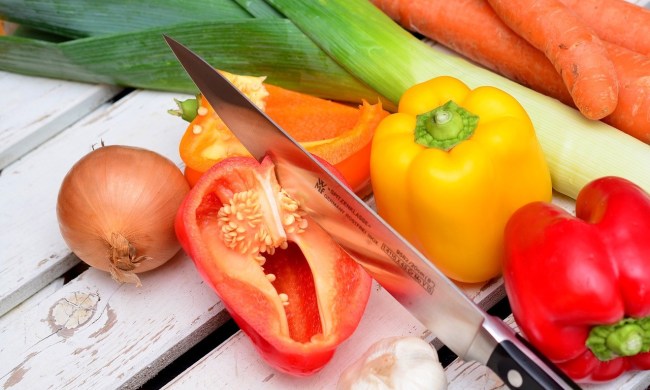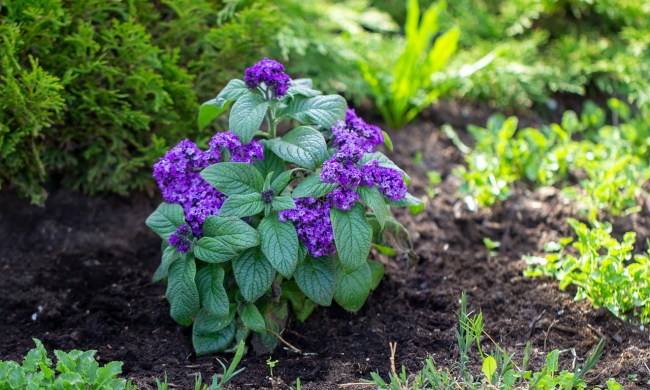There’s no denying that technology has improved many areas of our lives. From phones to computers, and even to kitchen appliances, technology has made us more productive, better multitaskers, and less wasteful. So while you might have an oven that you can preheat on your way home from work or an app that tracks your movement and exercise, it’s now time to apply that same technology to the garden.
What is smart gardening?
Smart gardening is when growers use technology to make gardening tasks more accessible or more efficient. One example is an automated watering system. Some irrigation setups can connect to your smartphone to set specific times for watering or to start watering your garden from inside your house while you make lunch. The possibilities are almost endless regarding how technology and smart gardening devices can make you a better, more effective gardener.

What are the benefits of smart gardening?
Besides the fact that it’s a terrific way to impress your friends, smart gardening has an abundance of benefits for you and the planet. First, smart gardening can save you a lot of time. Using our example from above, having a smart irrigation system means you can save hours by not having to go out to the garden, pull out the hose, and stand there while you water each plant. Every gardener knows this can take a long time, and often this task is done during the heat of summer when it’s most miserable to be standing in the scorching sun.
Another benefit to smart gardening is its ability to save you money. Not only can smart irrigation systems have automated water schedules, but some options can track just how damp or dry the soil is. So instead of watering a garden that might not need it, the irrigation system will know when and how much the garden needs. This saves water and money.
Smart gardening also leads to healthier plants. Life happens, and we all forget to fertilize, water, or prune our plants every now and then. While this isn’t likely to kill any of your plants, they won’t thrive or produce as abundantly as they might if their care was more routine and timely. With the help of apps, smart irrigation systems, or even smart growing containers, these tasks can be provided evenly and allow the plants to be healthier and more productive.
What you should know before beginning a smart garden
Before installing or investing in these often expensive devices, take some time to assess your already existing garden systems. This will allow you to take stock of where you might benefit from some technology or where you might not. You’ll also want to be sure to do your research. Not all of these devices are created equally, and many of them might be cheap and will break after a few uses.
Lastly, come up with a budget. Technology can get expensive quickly, and getting excited about trying new things and having healthier plants might get the best of you. Choose one or two areas of your garden that you’d like to try a smart gardening technique on, and go from there.
Tools you might need to start a smart garden
There are many smart gardening tools, so while this isn’t a comprehensive list, it’s a great place to start. Below, we’ve put together a list of items that most gardeners could benefit from.
Smart plant monitors
It can take a lot of time to check every plant regularly, but these smart plant monitors can track moisture levels, lighting, humidity, and even analyze soil.
Smart gardens
Smart indoor gardens are popular with urban growers and can provide light and automatic watering, fertilizer, and heat levels. All you have to do is sow seeds and the machine does the rest.
Smart sprinklers
No more standing by garden beds with the hose in your hand while the sun bakes your skin; these smart sprinklers can have scheduled irrigation, determine leaks and breaks, save water, and adjust for weather changes. You can even control them from your phone.
Expandable pots
These smart containers expand as the plant grows, removing the need to go through the process of repotting.
Gardening apps
There’s an app for everything, and gardening is no exception. There are ones for designing gardens, IDing plants, irrigation placement, figure out what problems you are having and how to fix them. And bonus, many of them are free!
Smart mowers
No one wants to spend their Saturdays sweating while mowing their lawn. These automatic mowers work like robotic vacuums; they roam around your yard and cut the grass, all while avoiding objects and running along fence lines.

How to start a smart garden
Take the budget you’ve created and your notes from assessing your current garden routines, then take the time to research which products might be best for you. Next, select your chosen smart garden devices and do a lot of planning before you begin investing and installing. As we mentioned before, these smart gardening devices are often a significant investment. The best way to ensure they’re a help instead of a hinderance is to take the time to decide instead of rushing into it.
It doesn’t matter if you try one or all of these smart gardening tools; just one of them can bring your gardening skills to the next level. Maybe start by choosing an option that’ll lessen the burden of a chore that you hate!


